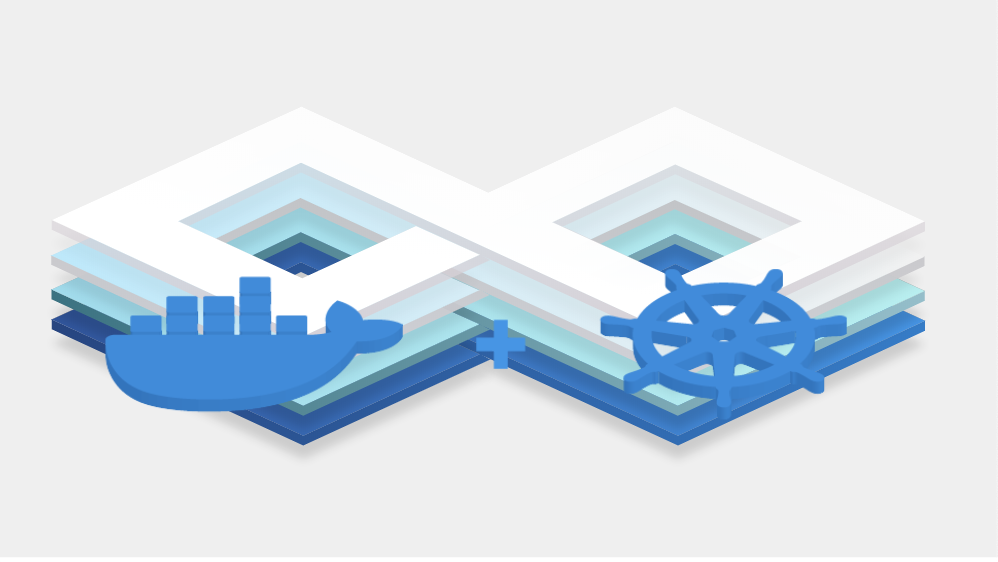The advent of containers and microservices brought in the necessity of managing a massive number of containers that should communicate with one another, scale independently and handle failures. Performing these operations manually would be overwhelming and challenging even for the most skillful DevOps team. To the rescue came container orchestration solutions that introduced automation at all levels of containers’ coordinating and managing, with Kubernetes leading the pack.
Initially a Google product, Kubernetes has evolved to become the second largest open-source project in the world, according to the CNCF. It is designed to automate deployment, scaling, and management of containerized applications. Flexible, multifunctional and crossplatform, Kubernetes has certain competitive advantages that give it an edge over other container orchestrators. These stand-out features refer not only to its functional strengths but also to strong community backing.
Kubernetes benefits
Flexibility. Kubernetes maintains multiple choices as far as container runtimes. With Kubernetes you can run containerized applications in any deployment environment, be it physical, virtual, cloud, or hybrid.
High availability. Innate abilities of Kubernetes architecture, such as rolling updates, autoscaling of cluster nodes, self-healing in case of a pod failure prompt for higher application availability.
Portability. Kubernetes is a cloud-agnostic system that enables you to manage containerized applications the same way in any cloud. This allows businesses leverage advantages of multiple cloud providers without having to rearrange their application architecture.
No vendor lock-in. As an open-source, Kubernetes is open for everyone. Using it does not require sticking to any particular stack of technology, and people appreciate this freedom of choice.
Community support. Kubernetes relies on its vast community to thrive. The project benefits from both corporate and individual contributions and has an advanced ecosystem of open-source tools designed specifically to work with it.
Kubernetes management
Configuring and managing Kubernetes clusters could be difficult and time-consuming. To simplify cluster implementation, major public cloud providers offer preset Kubernetes services, such as Amazon EKS, Google Kubernetes Engine (GKE), Azure Kubernetes Service (AKS), DigitalOcean managed Kubernetes platform, etc. With a preset solution, you receive a highly available, secure by default cluster with managed control panel and automatic upgrades. Logging and monitoring could be easily set up or come built-in as with GKE. The solution is ready-to-use and easily integrates with other provider’s tooling. For example, Amazon EKS customers also have access to the most popular Amazon services like CloudWatch and RDS.
Using preset cloud Kubernetes services makes it easy to deploy, update, and manage your applications enabling faster development and iteration.
Here in SHALB, our common practice is to create Kubernetes clusters with Terraform. Then, using dedicated Terraform modules, we start and configure EKS, GKE or other cloud-managed Kubernetes service. Using Helm, a package manager for Kubernetes, we describe the resources that are to be deployed in the cluster.
Kubernetes uses manifest files to create, modify or delete cluster resources, such as pods, deployments, services and ingresses. Helm allows users to templatize their Kubernetes manifests and customize their deployments with a set of provided configuration parameters. By simply changing variables values in Helm templates or charts we can easily deploy an application, or one component of a larger application. Helm charts are managed from a single Helmfile speeding up the process of cluster provisioning.
Using Helm, we deploy supplemental services such as logging and monitoring to prepare the environment for a Kubernetes application. Once the environment is set up, we deploy an application code using Kustomize tool.
To deploy and manage complex stateful applications in Kubernetes we use operators – purpose-built tools to run applications on top of Kubernetes. Designed with application-specific knowledge, operators extend functionality of Kubernetes by interacting with its API and automating common tasks. Operators monitor and analyze the cluster, handling various administrative tasks such as scaling, upgrading, and reconfiguring Kubernetes applications.
Cluster.dev
For over 10 years that SHALB has been providing DevOps services, our engineers have created more than 100 infrastructures of all complexity levels. Cluster.dev is a new open source project from SHALB that embodies our experience in creating and managing complex infrastructures. The platform allows to easily create typical Kubernetes-driven environments described in code, that come with the configured Ingress load balancers, Kubernetes dashboard, logging (the ELK stack) and monitoring (Prometheus/Grafana). So far the project is in alpha stage but we already use it in production for non-critical services.
Leverage advantages of reliable Kubernetes clusters for software product development and highload applications. Contact us for more details on managing on-premise or public cloud installations of Kubernetes!


